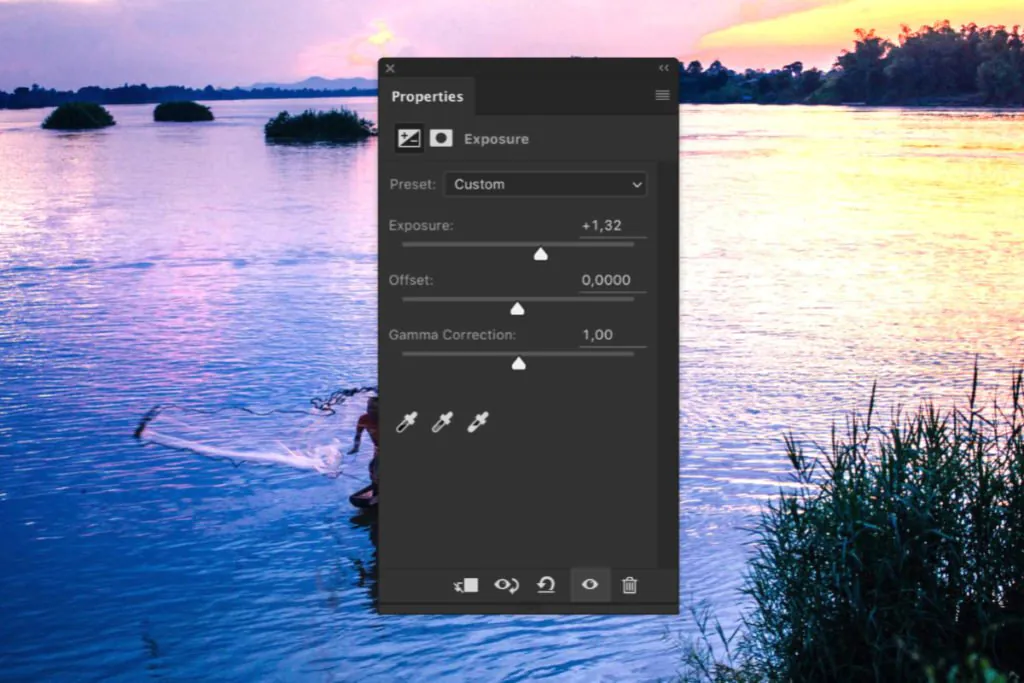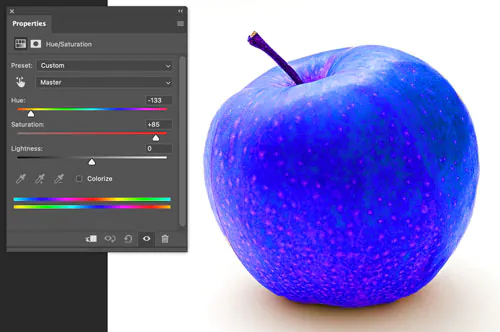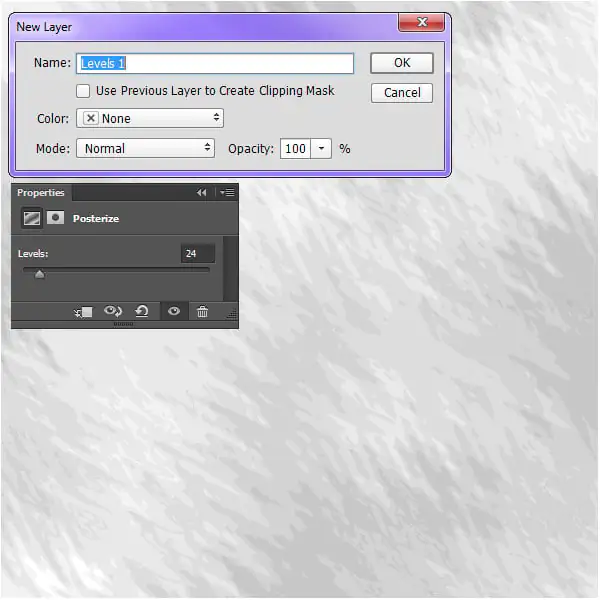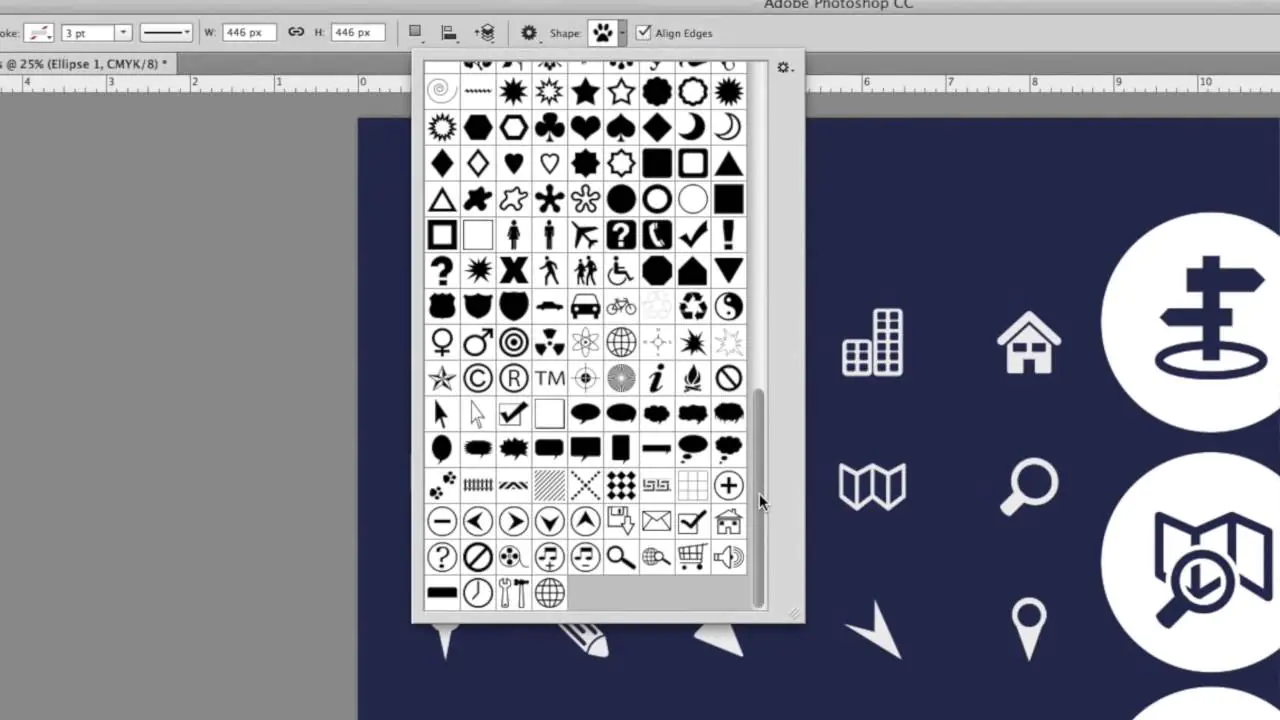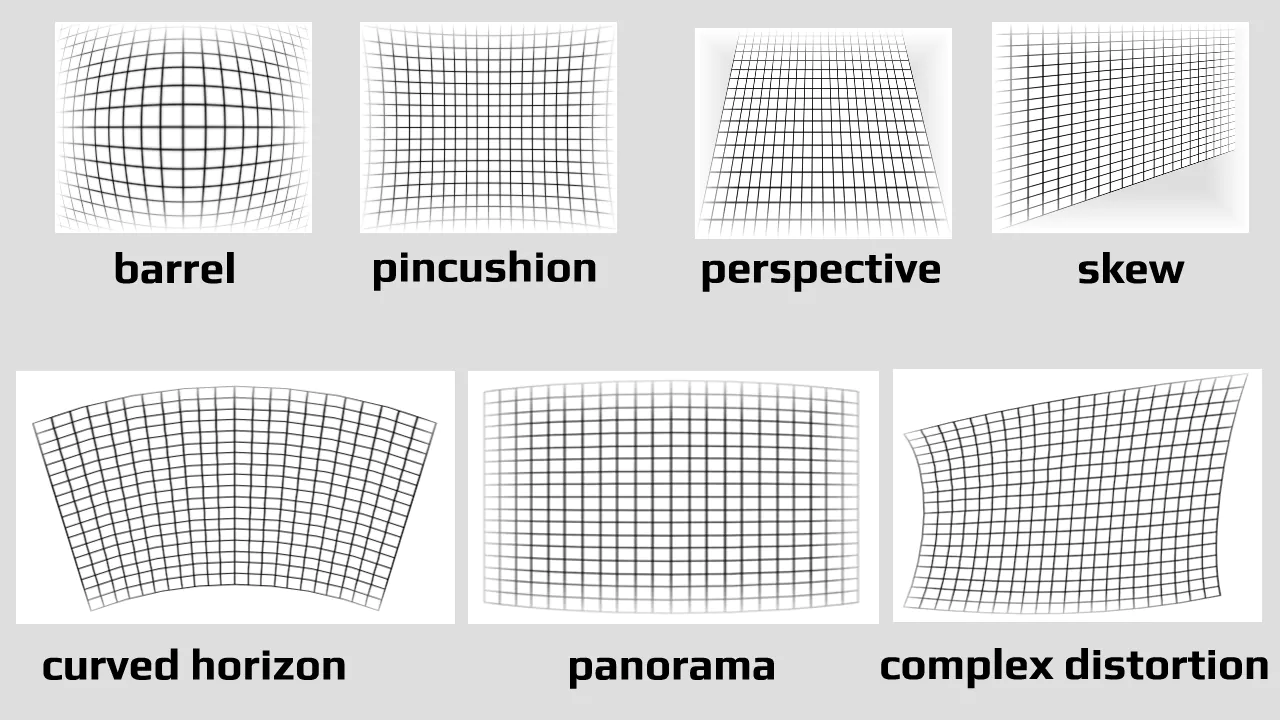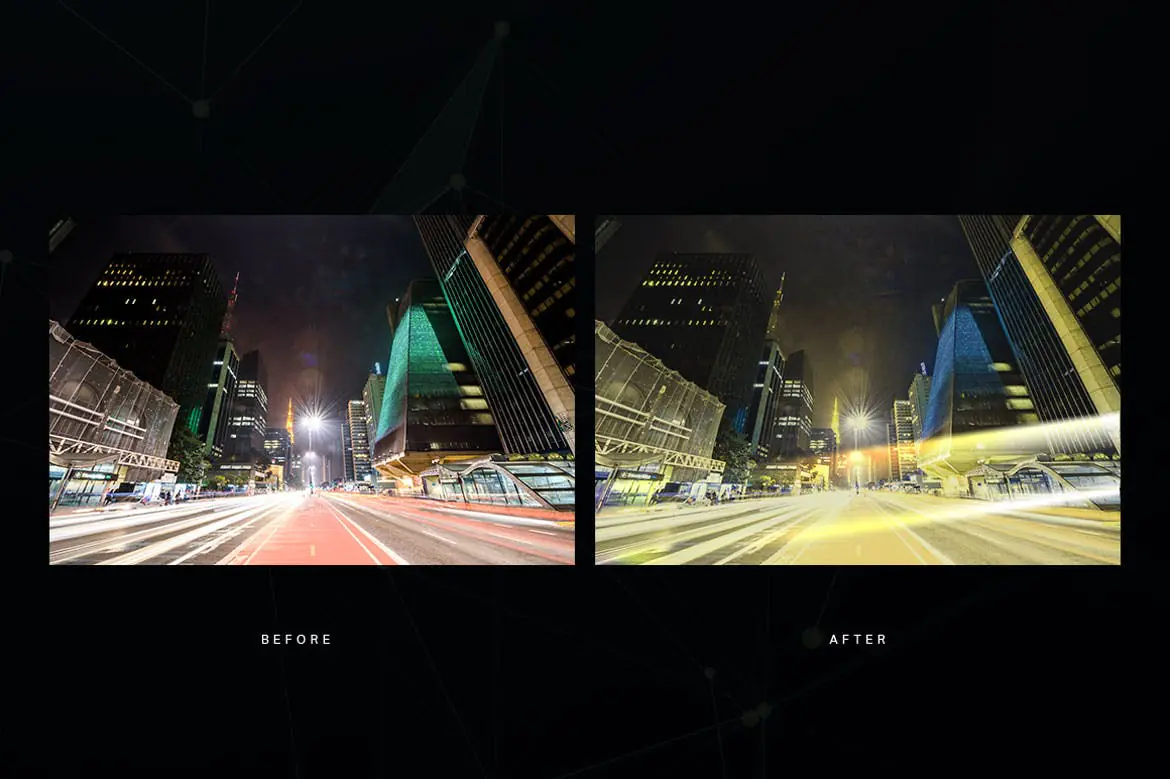
How To Apply Dystopia To Your Images
The dystopia concept is the portrayal of a dystopian atmosphere or aesthetic that is often found in various media, including literature, film, art, and other creative mediums. It mines into a society or world characterized by bleakness, oppression, and often nightmarish frameworks. The dystopia effect surrounds the alteration of visual elements to evoke a palpable sense of unease, decay, desolation, and a future that deviates from the ideal. By manipulating colours, textures, lighting, and symbolism, the dystopia effect transforms facets of an image to craft an atmosphere that resonates with haunting and thought-provoking qualities. Applying the dystopia effect to your images has the potential to extort emotions, narrate exciting stories, and leave a profound and lasting impact on the viewer’s psyche. This creative technique holds the power to transcend mere imagery, inviting viewers into contemplation and engagement. The dystopian transformation often leaves a lingering sense of disquiet and prompts introspection. By weaving the dystopia effect into your images, you’re inviting viewers to experience powerful emotions, transporting them into an alternate reality that leaves them with a distinct sense of disquiet, and prompting deep reflection.
Step 1: Selecting the Right Image
Initiate the process of infusing a dystopian vibe into your images by meticulously handpicking the perfect base image. This initial phase serves as the bedrock upon which your entire creation will rest. It’s vital to select an image that harmonizes seamlessly with the mood you wish to convey. Look for visuals inherently adorned with elements of decay, desolation, or futuristic motifs. Whether it’s an urban landscape strewn with abandoned structures, an empty alleyway, or a glimpse of crumbling infrastructure, your chosen image should immediately evoke a sense of contrast and fascination. Keep in mind that your decision at this juncture strongly shapes the eventual success of your endeavor, laying the groundwork for the successive steps that will coalesce to bring your dystopian vision to life.
Step 2: Enhancing Contrast and Exposure
Stepping into the realm of crafting a compelling dystopian atmosphere in your images, delve into the adjustments of contrast and exposure. This pivotal stage involves amplifying the visual dynamics inherent in your chosen image. Through skillful manipulation of contrast, accentuate the interplay between light and shadow, infusing an aura of dramatic intensity. Elevate shadows and highlights, fostering a striking juxtaposition that engenders a sense of depth and dimensionality, drawing the viewer into a realm of captivating intrigue.
Simultaneously, experiment with exposure settings to create pronounced highlights that catch the eye and deep shadows that evoke an air of mystery. This process intensifies the inherent contrasts within the image, heightening the emotional resonance of the end result. However, it’s crucial to exercise moderation, avoiding excessive embellishment that might disrupt the image’s natural flow.
Incorporating these adjustments necessitates a nuanced understanding of the delicate equilibrium between enhancement and realism. As you navigate this terrain, remember that achieving the perfect interplay between light and shadow forms the foundation for the forthcoming steps, leading your image toward its captivating dystopian appearance.
Step 3: Manipulating Colors for Mood
Transitioning to the third step, let’s delve into the world of colors and how they shape mood. It might sound intricate, but it’s all about tweaking the shades in your image to evoke a specific feeling.
Consider colors that exude that edgy, slightly unsettling vibe – like cool blues and grays. These tones can infuse your image with a colder and more enigmatic quality. Think of it as wielding a digital paintbrush to set the tone.
Furthermore, experiment with reducing the intensity of color – it’s akin to dialing down the volume a notch. This desaturation can lend your image a subdued and moody appearance.
Always bear in mind the emotion you want to evoke in your audience when they lay eyes on your image. While adjusting colors, keep this sentiment in focus. Don’t shy away from experimentation until you discover that perfect blend of shades that unmistakably screams “dystopian” to anyone who gazes upon it.
By tinkering with colors, you’re adding another layer to your visual narrative. It’s like seasoning a dish to perfection – enhancing the flavor and making your image distinctively yours. So, embrace the creative process and witness your dystopian ambiance spring to life!
Step 4: Infusing Grunge and Texture
Now, as you step into the fourth phase of your creative journey, you’re poised to add grunge and texture to your imagery. This step involves introducing a touch of rugged personality, akin to adorning your image with the marks of time.
Imagine it as overlaying a layer of weathered charm onto your picture, much like the aged paint on an antiquated structure. This infusion of roughness and decay heightens the overall dystopian atmosphere.
You can acquire ready-made textures online or capture your own by photographing gritty surfaces. Once obtained, superimpose these textures onto your image, adjusting their transparency until striking the right equilibrium between your original picture and the added texture.
Think of this step as instilling a sense of depth and history into your image. It’s akin to a story within a story, providing your viewers with more to discover and engage with.
As you experiment with grunge and texture, keep in mind the overarching narrative of your image. Every addition should complement the mood you’re crafting, contributing an extra layer of fascination that sustains viewer engagement. So, give free rein to your creativity, explore various possibilities, and watch your image transform into an authentic dystopian masterpiece!
Step 5: Incorporating Symbolism
As you reach on the fifth step of your creative journey, you’ll dive into the art of incorporating symbolism into your visual narrative. This involves infusing subtle elements that carry significant meaning.
Visualize your image as a canvas upon which hidden messages can be embedded. Incorporate symbols that resonate with the very essence of the dystopian theme you’re cultivating. These symbols can be as simple as a broken chain, symbolizing liberation from oppression, or abandoned objects that hint at a forsaken society.
Consider these symbols as pieces of a puzzle, enticing your audience to unravel the intricate story within the image. They create an air of curiosity and intrigue, much like a riddle waiting to be deciphered.
Placement plays a pivotal role in this process. Reflect upon where these symbols fit organically within your image’s composition. They should enhance the overall ambiance without overshadowing it.
While adding symbolism, keep your viewers’ engagement in mind. These hidden elements kindle a sense of participation, akin to uncovering a clandestine message in a captivating tale. So, choose your symbols thoughtfully, position them strategically, and allow them to unfold a narrative of their own within your meticulously constructed dystopian realm.
Step 6: Embracing Distortion for Surrealism
Now, journey into the sixth step where you’ll embrace the intriguing technique of distortion, adding a touch of surrealism to your dystopian images. This practice captivates attention and fuels curiosity.
Imagine it as a subtle bending of reality, akin to the reflections in a whimsical carnival mirror. Apply distortion effects to specific sections of your image. This manipulation introduces an uncanny quality that leaves viewers slightly unsettled, yet utterly engrossed.
Picture it as glimpsing an alternate reality through a window. This layer of peculiarity invites viewers to question the boundaries between what’s real and what’s fantastical.
Experiment with various distortion methods – stretching, bending, or even fracturing segments of your image. Strive for that delicate equilibrium between fascination and not overwhelming your audience.
As you master the art of distortion, you’re beckoning your audience into a world that’s familiar yet mysteriously transformed. It’s akin to a visual puzzle, where the more they observe, the more they uncover. So, revel in the process of distortion, enabling your images to transcend the ordinary and immerse viewers within your ingeniously crafted dystopian universe.
Step 7: The Art of Fine-Tuning and Reviewing
With a sense of accomplishment, you’ve arrived at the seventh and final step – the art of fine-tuning and reviewing. This phase revolves around meticulous adjustments to ensure every element harmonizes seamlessly, culminating in a visually compelling narrative.
Imagine yourself as an investigator sifting through clues in a complex mystery. Study your image closely, identifying any distractions or elements that might disrupt the meticulously constructed mood.
Begin by examining the overall composition. Does each component contribute cohesively to the intended dystopian vibe? If needed, tweak the positioning, size, or even opacity of elements.
Next, evaluate the image’s coherence. Do the colors, textures, and symbols blend harmoniously? This is analogous to tuning a symphony orchestra, ensuring all instruments play in perfect unison.
Remember, simplicity often wields more impact. Avoid overcrowding your image with excessive elements. Sometimes, a few thoughtfully placed details convey far more than an overcrowded scene.
Finally, step back and appraise your image from the viewer’s perspective. Does it evoke the emotions and intrigue you set out to capture? If it resonates with you, chances are it will resonate with others as well.
Conclusion
In conclusion, the dystopia effect necessitates a delicate interaction of visual components, resulting in a disturbing environment. When you use this approach in your photographs, you facilitate a deep experience in which viewers are consigned to another universe, leaving them with a distinct sensation of unease and contemplation. The dystopia effect spins a tale that generates powerful emotions and encourages reflection by manipulating colours, textures, lighting, and symbols. It goes beyond basic images, inviting viewers to participate on a deeper level.



